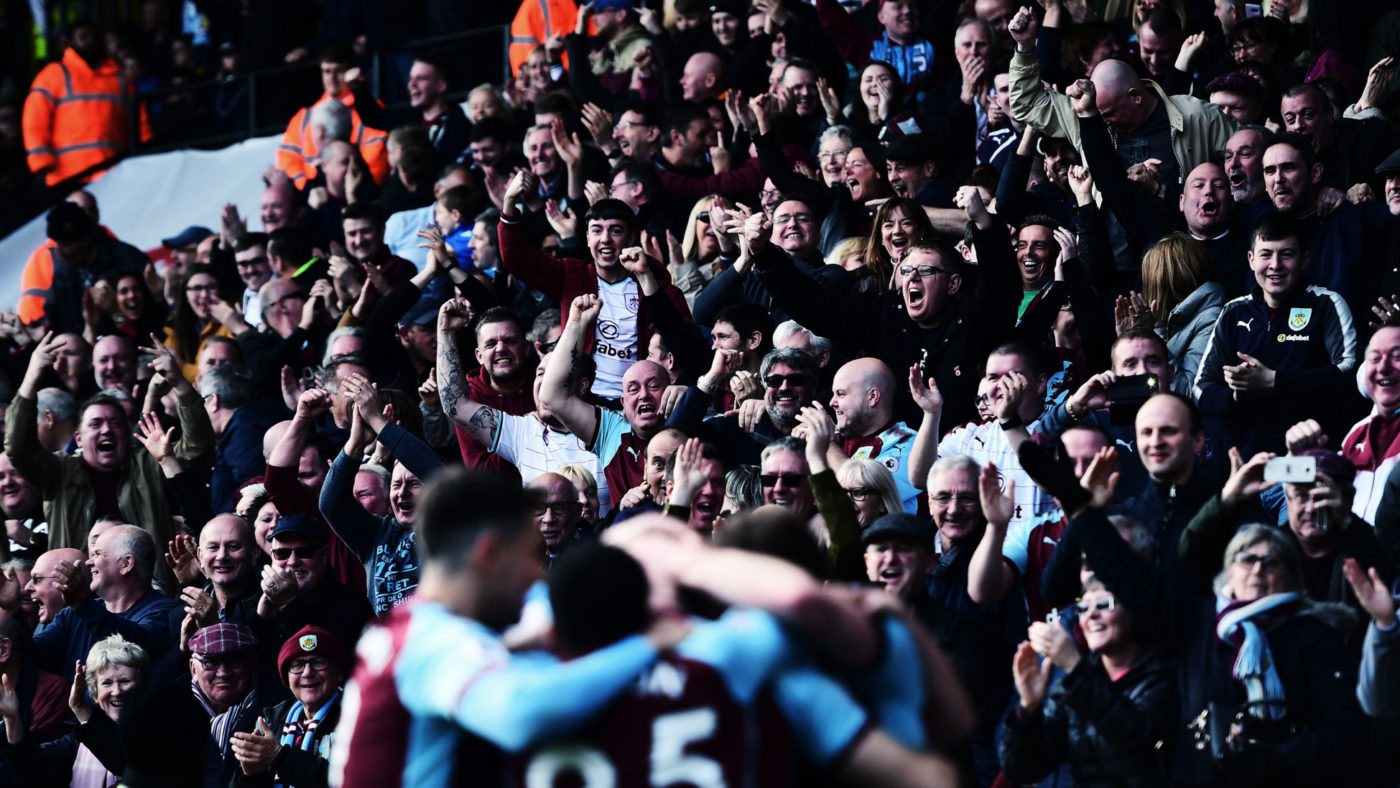Celebrating a last-gasp equaliser, berating a ref who fails to award an obvious penalty, mocking an opposition striker for missing an open goal, the stadium announcer sharing the news the local rivals have been relegated; there are moments of overwhelming emotion which drive football fans to their feet.
But many fans prefer to stand throughout even the dullest of scoreless draws, something which has been banned in the top two flights of English football for over two decades, despite numerous campaigns and appeals.
The Taylor Review, conducted in the aftermath of the Hillsborough disaster, declared standing was not “intrinsically unsafe” but the government decided to ban it in England’s top two divisions anyway, picking up on the review’s suggestion that allocated seating made it easier to identify and tackle troublemakers and anti-social behaviour. Since August 1994, English Premier League and Championship teams have been required to provide all-seater accommodation. In Scotland the regulations were relaxed in 2011 and clubs were free to pilot safe standing areas with the approval of the local authority – Scottish Premiership champions Celtic introduced 3,000 rail seats in July 2016.
At the moment “persistent standing” in seated areas puts fans at risk of being banned from stadiums whose management deem it a safety risk, especially to young and elderly fans who may feel compelled to stand in order to see but would prefer to sit.
Back in September Ken Scott, Chief Inspector at the Sports Grounds Safety Authority (SGSA), warned of the dangers of persistent standing in the current seated areas. He called on the government to address the issue “before something goes wrong” and argued the introduction of safe standing would be “safer”.
The key difference between previous incarnations of standing, and the currently proposed “safe standing” (also known as rail seating) is that there is a safety bar between each row, to prevent the unsafe “rushes” (and associated injuries) which were part and parcel of the football experience in the 1980s. Each individual “seat” within a safe standing section, is also allocated to a specific supporter, making it very easy to identify any misbehaving individuals on CCTV. Fold-down seats are also installed and nailed to the safety bars – meaning they can be used when deemed appropriate by the clubs.
Despite this, the government has repeatedly refused to relax the rules. Last week Sports Minister Tracey Crouch rejected an application from West Bromwich Albion to introduce rail seating at the Hawthorns. Crouch insisted that calls for a return to standing were coming from a “vocal minority” and called instead on clubs to do more to tackle persistent standing.
The government continues to claim it knows better than consumers, industry regulators, safety groups, and indeed the businesses themselves.
The National Supporters’ Survey – commissioned by the Football Supporters’ Federation (FSF) – showed 92% of fans wanted the choice to sit or stand. Introducing standing would allow those who wanted to take advantage the option to do so without inconveniencing those who don’t.
Standing areas can also safely accommodate more fans then seated ones. In Germany, where standing areas are popular and exist in all leagues, the ratio varies from 1:1.2 to 1:1.8, meaning a club could increase a stand’s capacity by 50% by converting from seats to standing. This enables clubs to reduce the cost of tickets and still make a profit, tackling both supply and demand.
It would be good news for UK fans who continue to fork out much more than their European counterparts, with 36% of fans citing rising ticket prices as a reason for attending fewer live matches.
Safe standing has the support of numerous clubs, with representatives from Arsenal, Manchester United, Liverpool, Everton, Manchester City, Tottenham, and West Ham all among those who publicly back the idea.
Football Association chairman Greg Clarke publicly backed safe standing in November 2016 and the majority of English Football League (EFL) clubs voted in favour back in 2014.
Most historic incidents previously linking standing with hooliganism can instead be traced to overcrowding, overwhelmed or under-prepared policing, and poor infrastructure. Indeed, West Brom’s recent application to have safe-standing installed in one section of their ground, had the full support of the club’s safety advisory group.
The constant relegation and promotion battles mean clubs previously in the top leagues and forced by law to have all seater-stadiums can find themselves in the same league as those with older, arguably less safe standing areas or newer safe-standing areas denied to more successful teams.
The government are out of step on this issue, ignoring the evidence and the views of fans, clubs, and experts. They should listen to the growing chorus of voices chanting from the terraces, and give fans of the beautiful game the choice of standing or sitting, based on what is right for them and their club.


